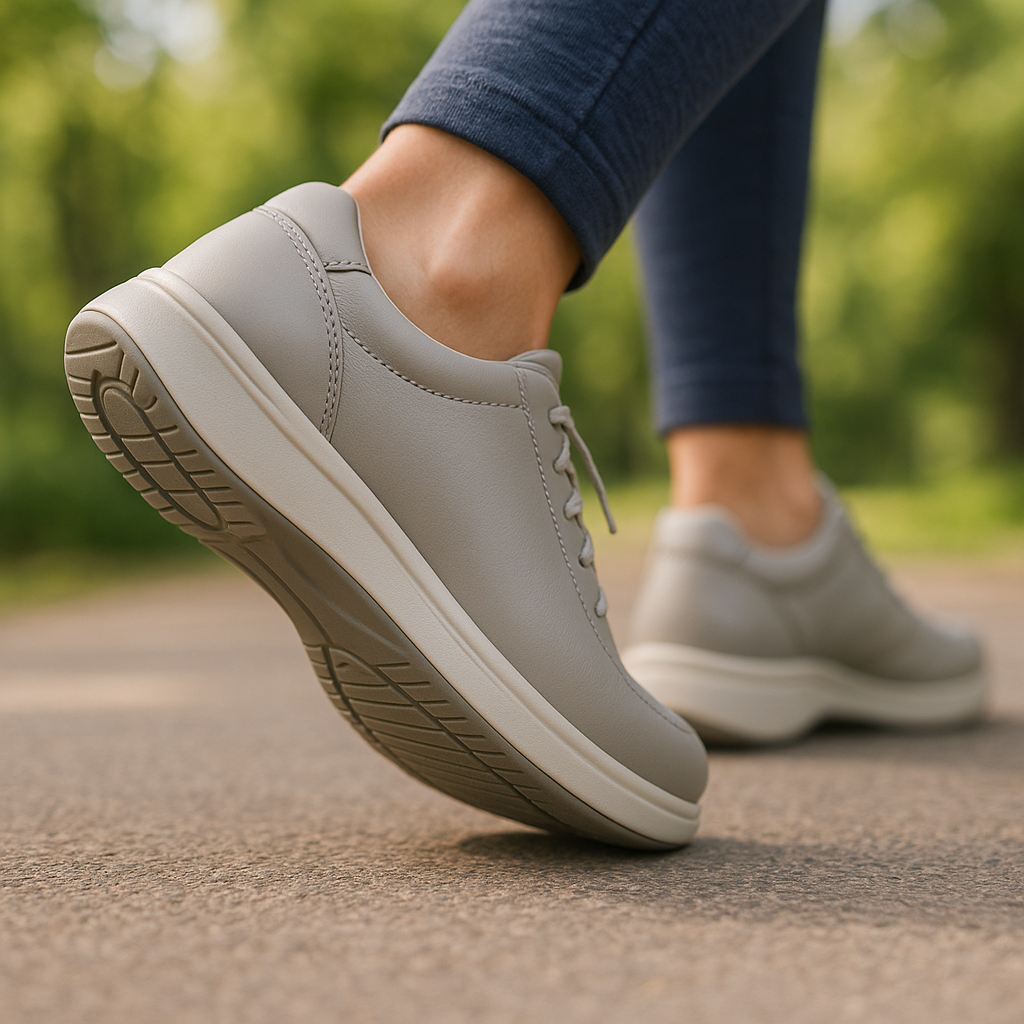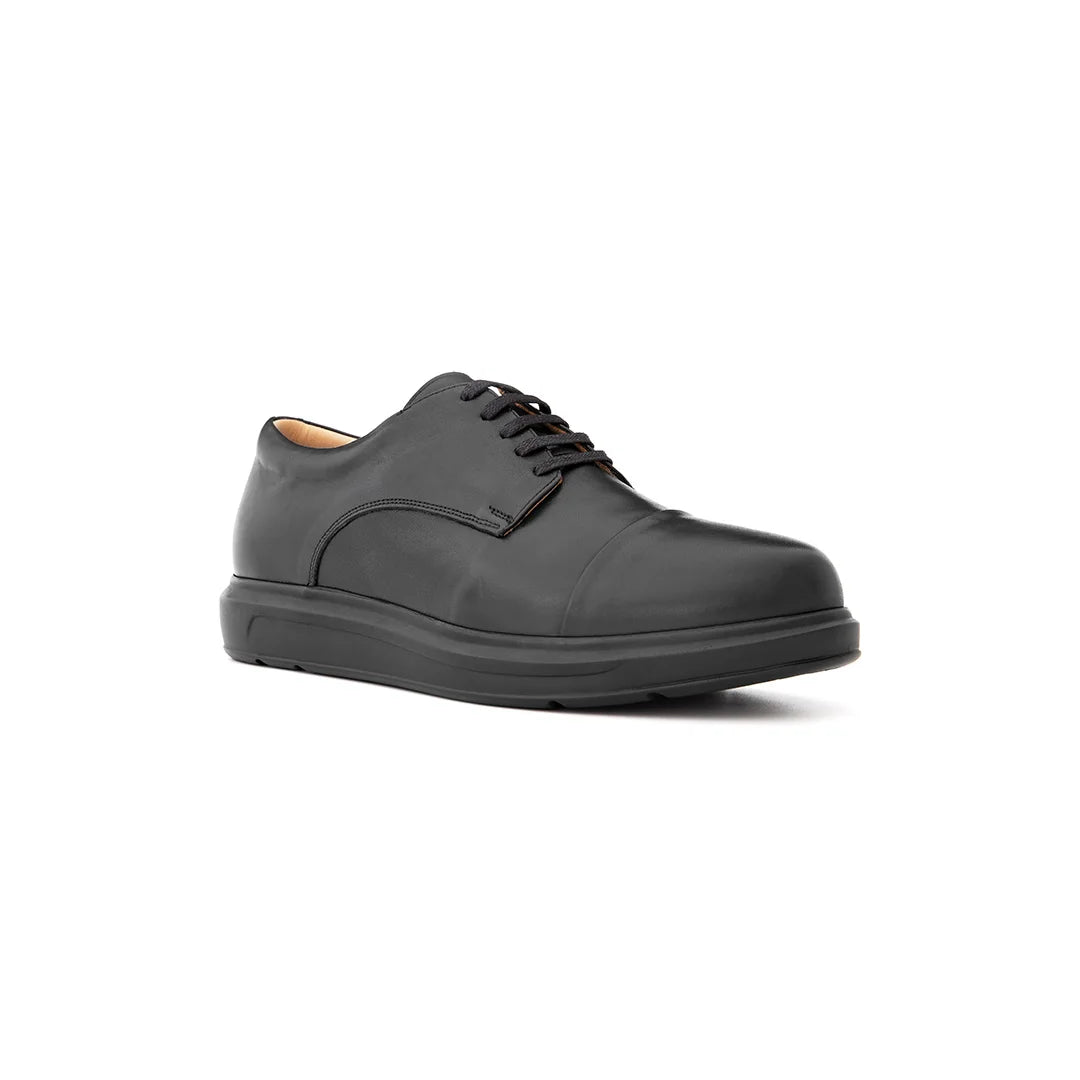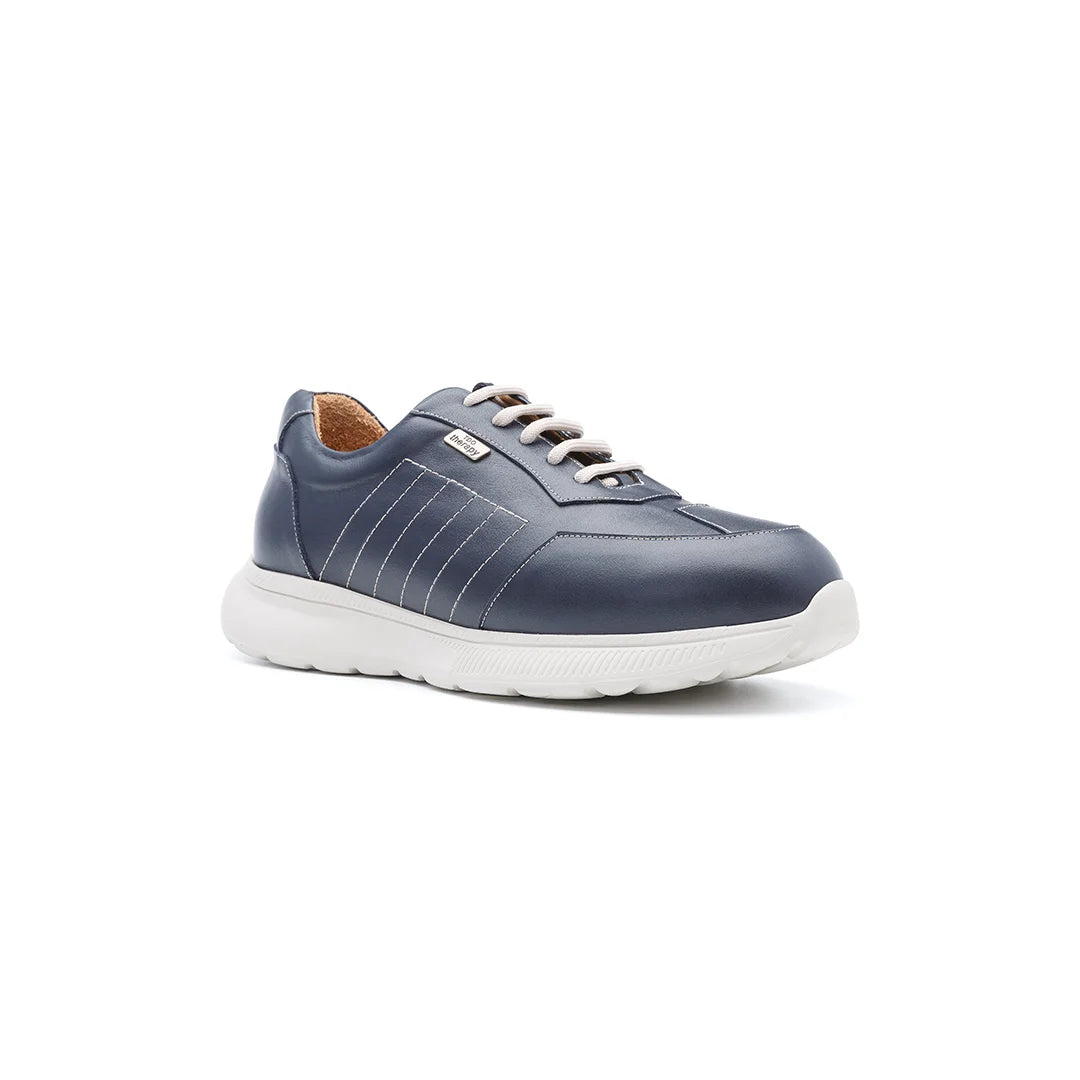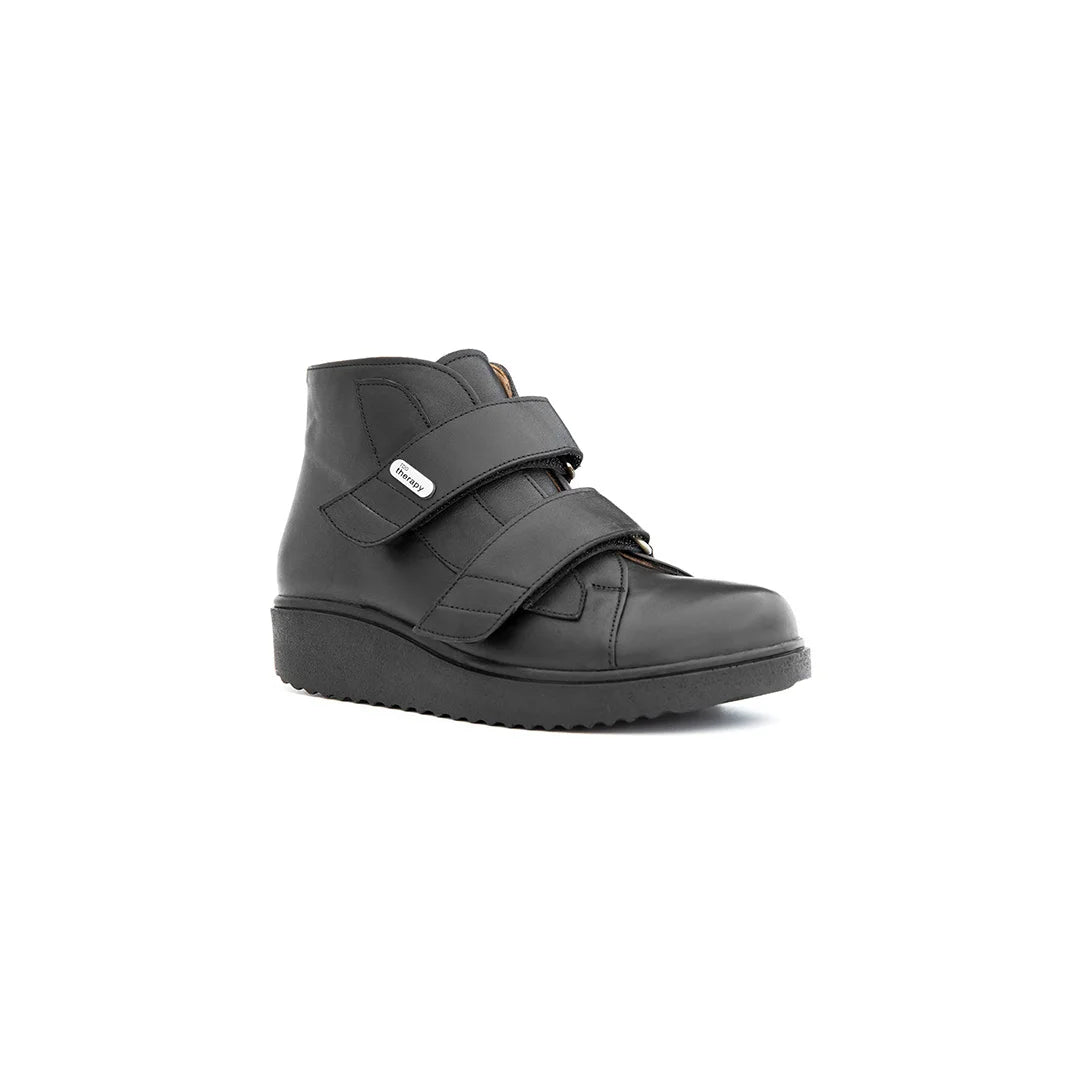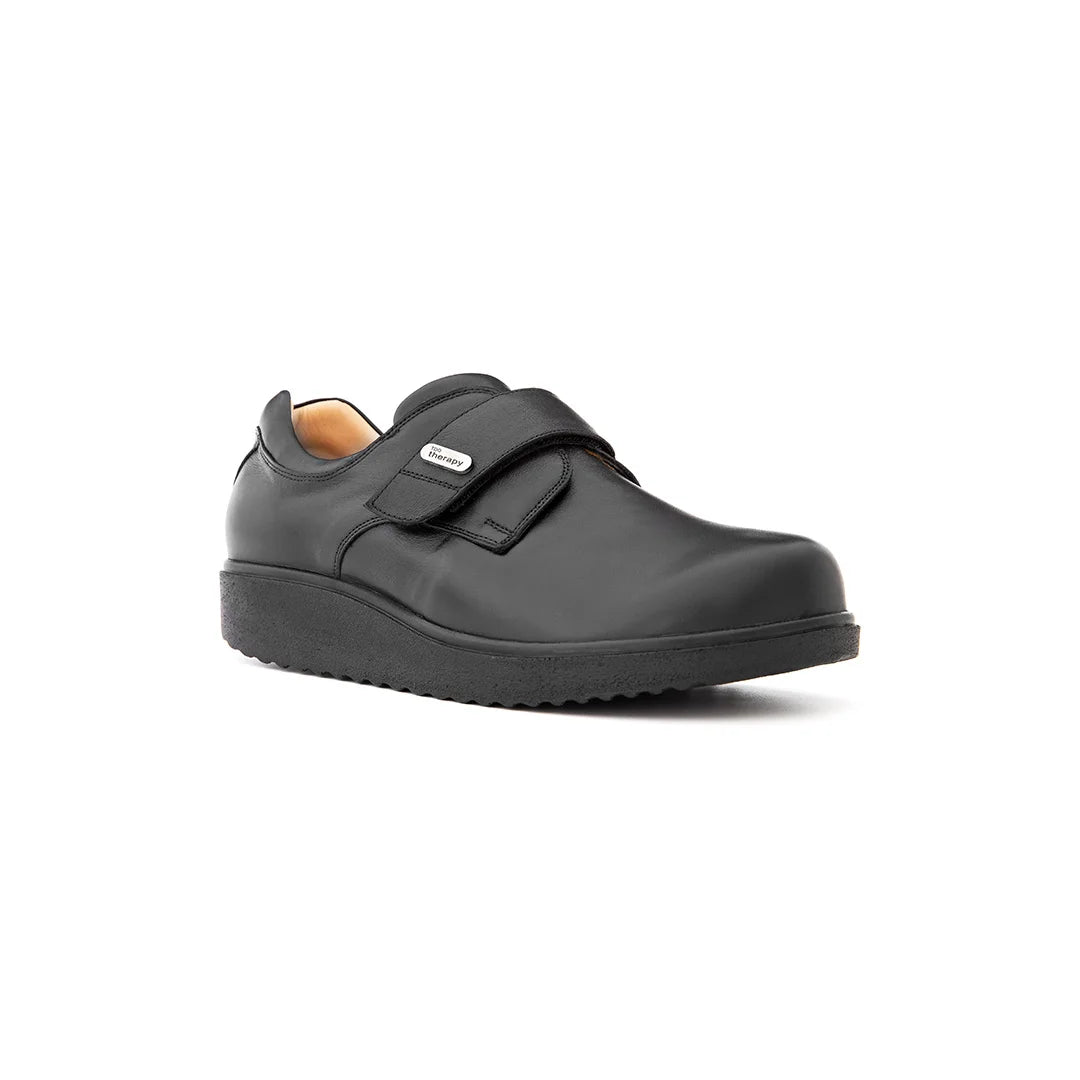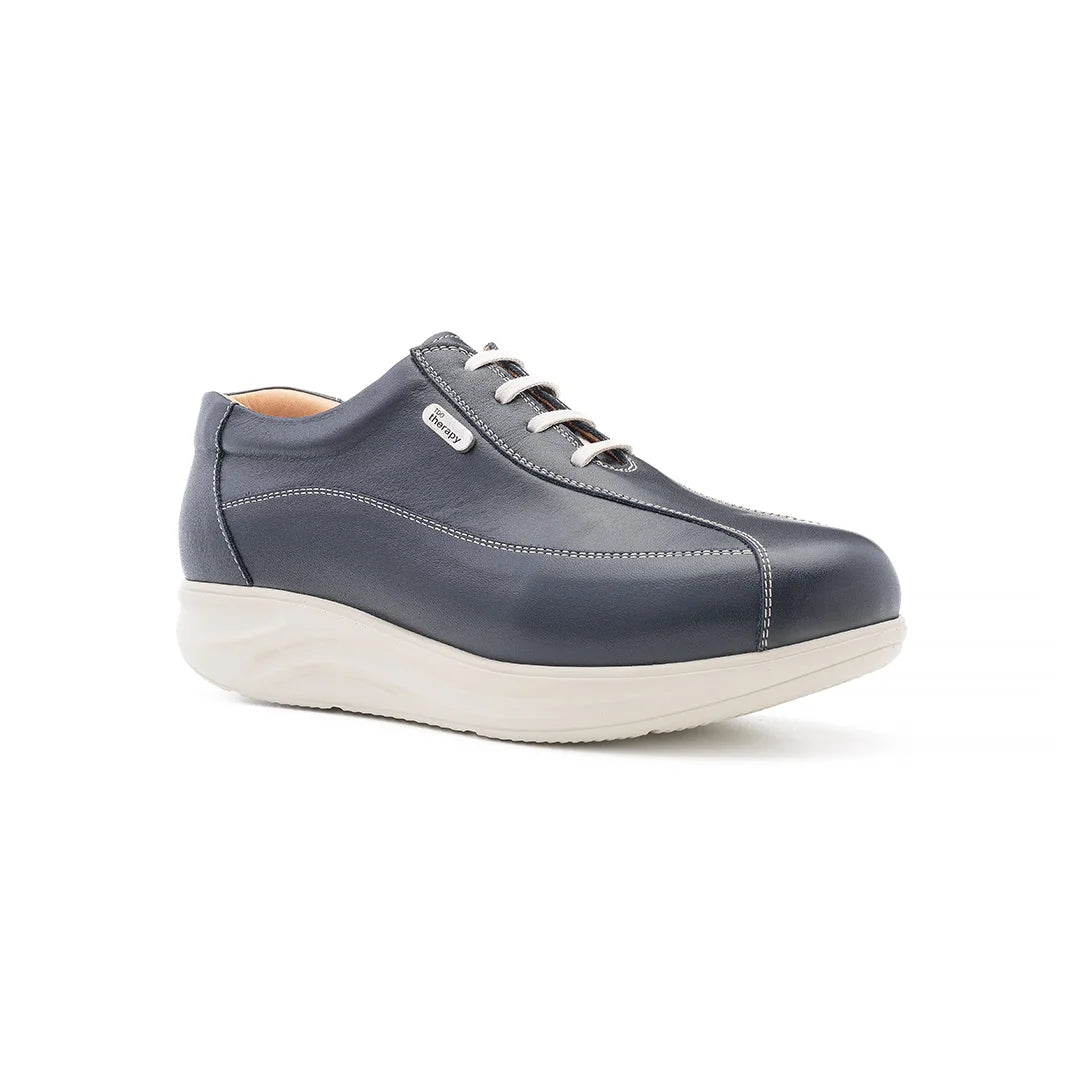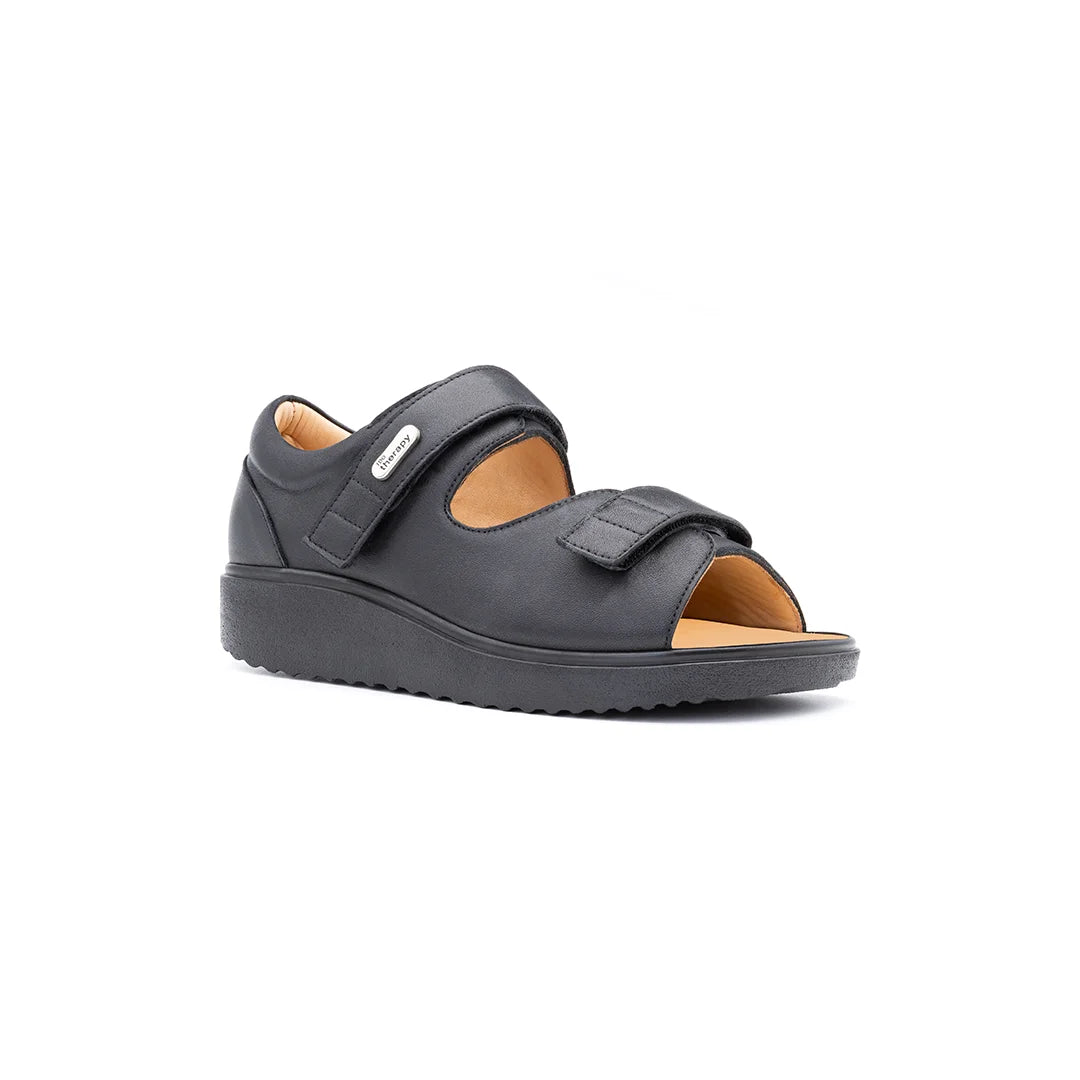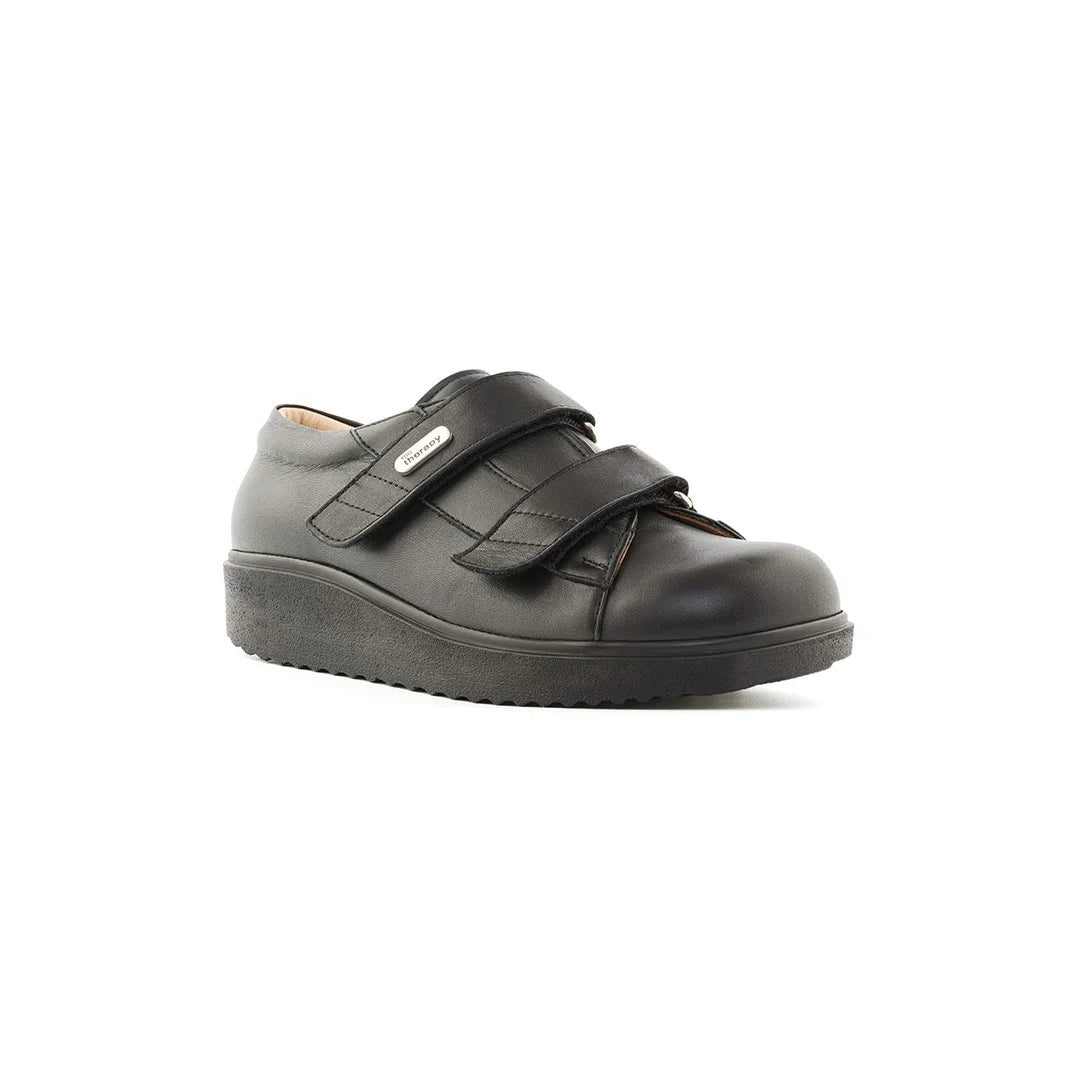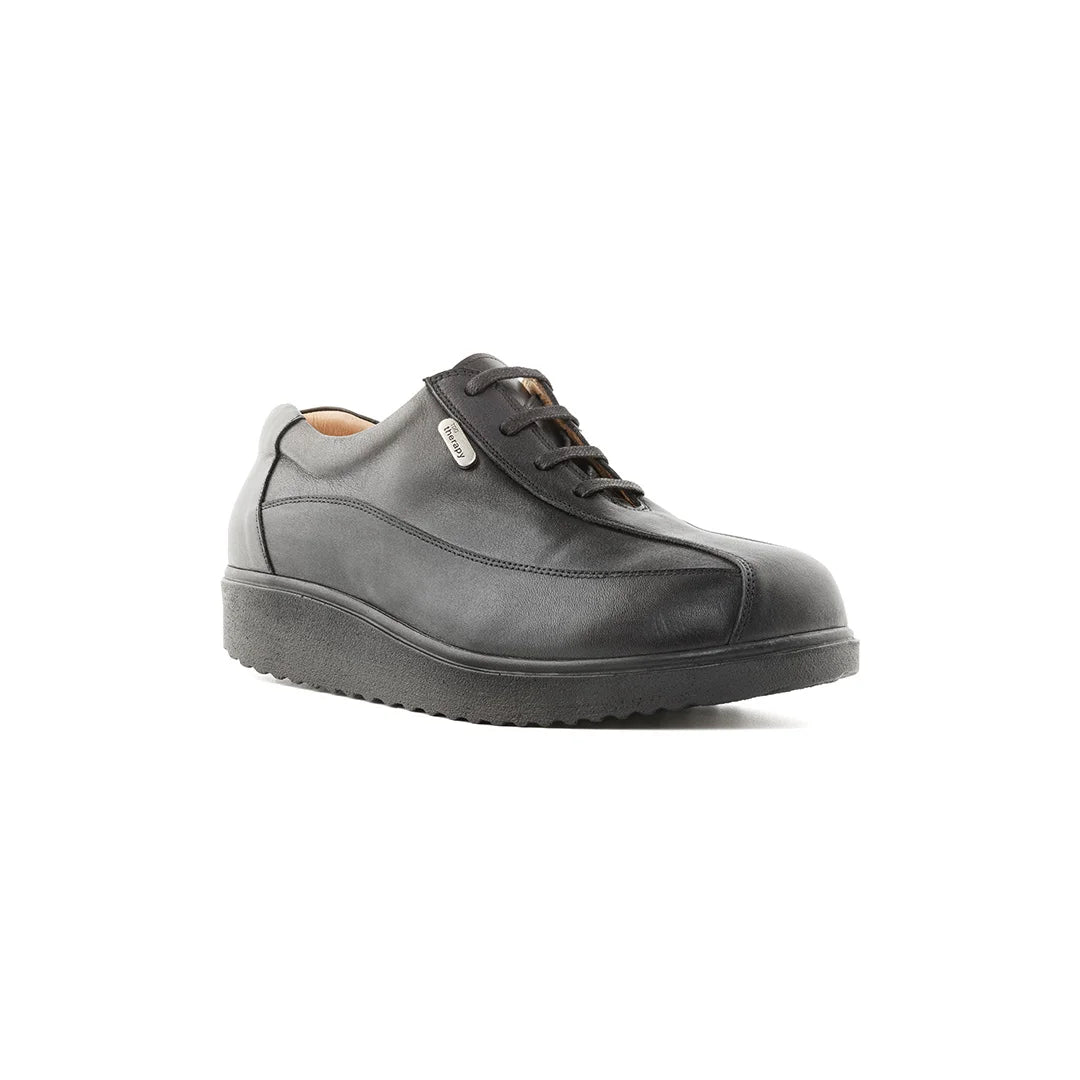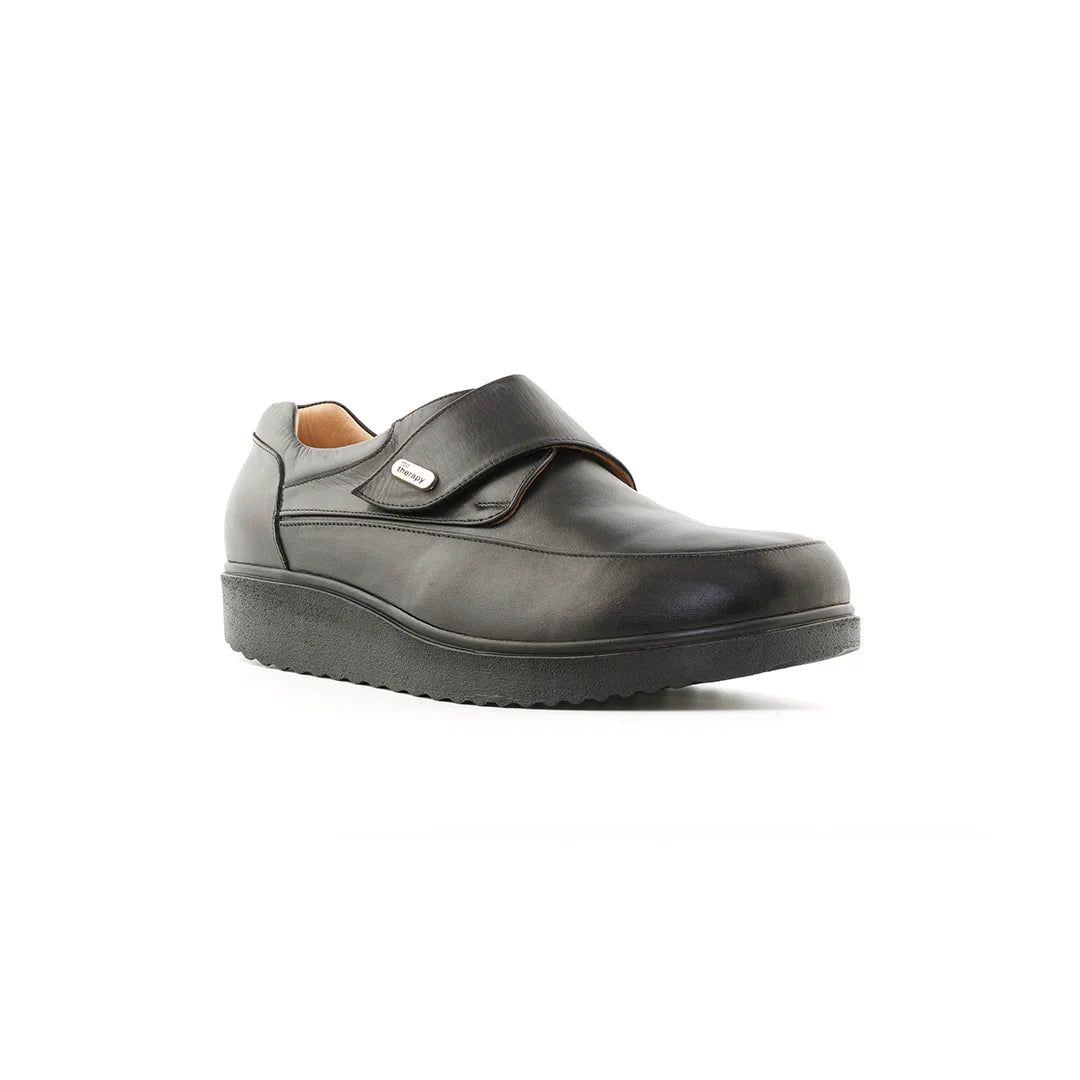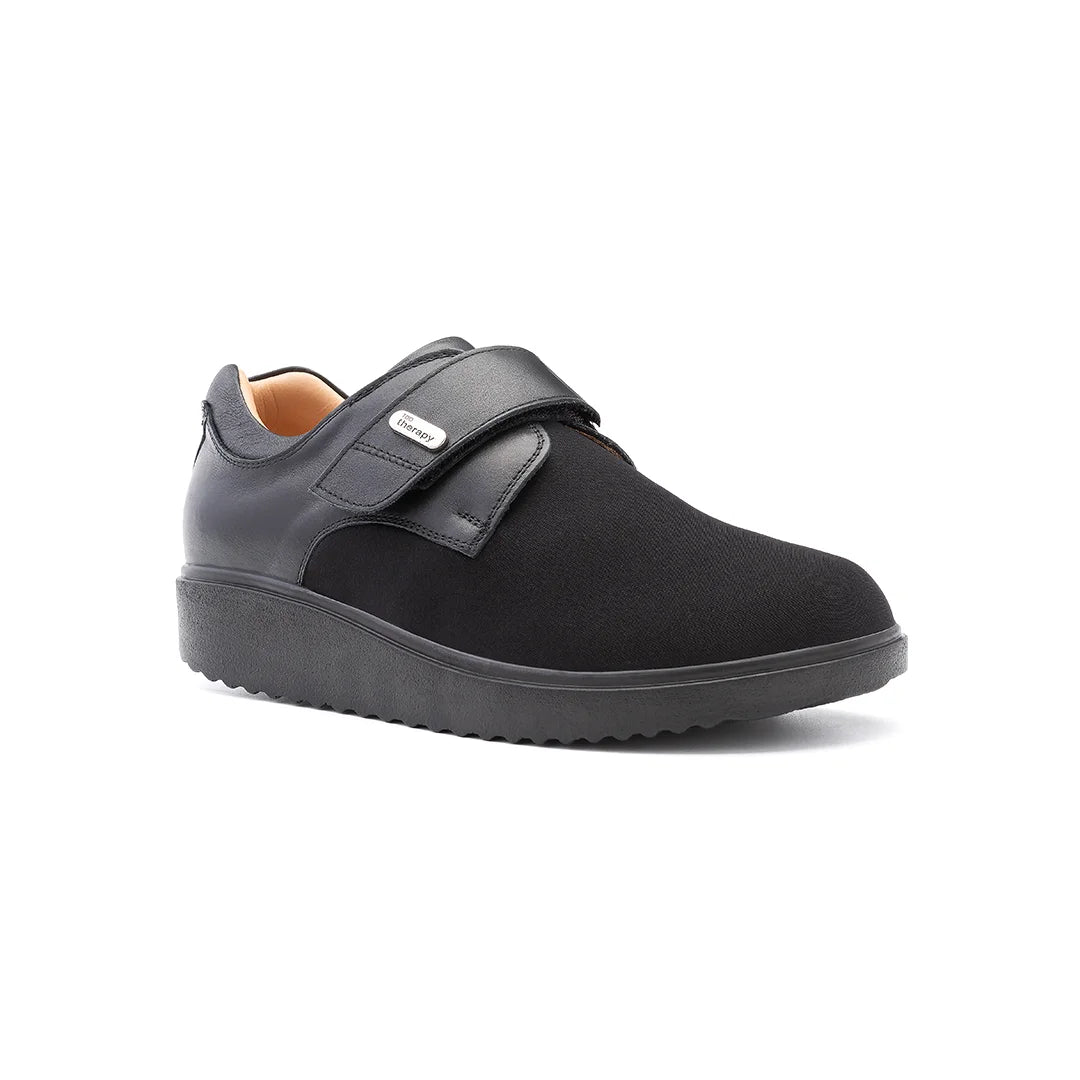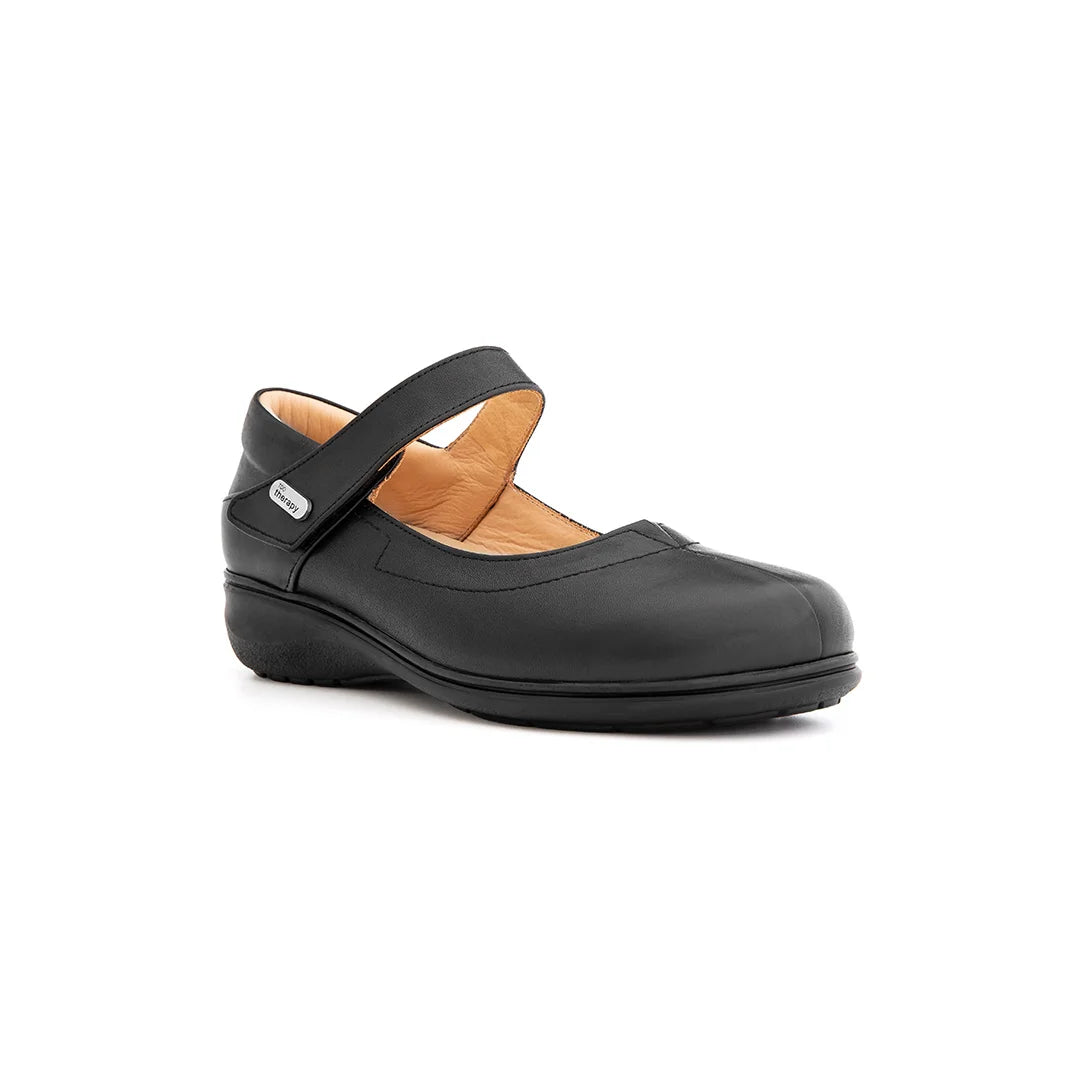Walking is one of the simplest and most effective ways to improve overall health, boost mood, and manage weight. It doesn’t require expensive gym memberships or complex equipment — just the right pair of shoes.
But here’s the truth: not all shoes are made for walking, especially if you’re starting a new fitness or weight loss journey. Poorly designed footwear can cause fatigue, pain, and even injury, making it harder to stay consistent.
That’s where orthopedic shoes come in. Built to support proper alignment and absorb shock, they make walking more comfortable, efficient, and sustainable — helping you stay active longer and achieve your health goals.
At TDO Therapy, we create orthopedic shoes that combine medical-grade support, lightweight comfort, and advanced sole technology — perfect for walking your way to better health.
The Connection Between Walking and Weight Loss
Why Walking Works
Walking is a low-impact aerobic exercise that burns calories, strengthens muscles, and supports cardiovascular health. It’s gentle on the joints, making it ideal for beginners, older adults, or anyone returning to fitness after injury.
Even brisk walking for 30 minutes a day can help:
-
Improve metabolism and fat-burning
-
Lower blood pressure and cholesterol
-
Strengthen leg and core muscles
-
Boost mood and reduce stress hormones
However, without proper footwear, the benefits of walking can be offset by pain, blisters, or strain.
Why Footwear Matters for Fitness Walking
Every step you take puts pressure on your feet — up to 1.5 times your body weight. During long walks, that repetitive impact can add up quickly.
The wrong shoes can lead to:
-
Heel pain (plantar fasciitis)
-
Knee and hip discomfort
-
Lower back strain
-
Fatigue and reduced endurance
Orthopedic shoes provide the foundation your body needs to move comfortably and efficiently.
How Orthopedic Shoes Help Support Weight Loss and Fitness Goals
1. Improved Alignment for Better Movement Efficiency
When your feet are properly aligned, the rest of your body follows. Orthopedic shoes with anatomical arch support and firm heel counters help keep your feet stable, promoting smoother walking motion.
This alignment reduces energy loss from poor gait mechanics, meaning you walk longer and burn more calories with less strain.
2. Cushioning That Reduces Joint Stress
Orthopedic shoes feature shock-absorbing midsoles and memory foam cushioning that soften every step. This reduces impact on your ankles, knees, and lower back — allowing for longer walks without discomfort.
TDO Therapy’s triple-layer protection system combines:
-
A natural calf leather outer for flexibility and breathability
-
Memory foam mid-layer for personalized cushioning
-
A seamless inner lining for irritation-free comfort
This design keeps your feet supported and pain-free during daily exercise.
3. Rocker Bottom Sole for Natural Motion
The rocker bottom sole, a signature feature of TDO Therapy shoes, promotes smooth heel-to-toe transitions and helps propel you forward naturally.
This curved sole reduces fatigue by guiding your gait efficiently, conserving energy, and minimizing strain on muscles and joints — ideal for longer fitness walks.
4. Enhanced Stability and Balance
Balance is key to walking confidently, especially when increasing your pace or distance. Orthopedic shoes offer a wider base of support and non-slip soles, improving traction on both indoor and outdoor surfaces.
Whether you’re on pavement, park trails, or treadmill walks, stability means you can focus on movement instead of discomfort.
5. Breathable Comfort That Keeps You Going
Hot, sweaty feet can quickly ruin a good walk. Orthopedic shoes made from natural leather and breathable linings regulate temperature and prevent moisture buildup, reducing friction and odour.
This ensures all-day freshness — an important factor when walking for weight loss or fitness multiple times a week.
6. Support for All Body Types
Orthopedic shoes are especially beneficial for individuals carrying extra weight, as they distribute pressure evenly across the foot.
This prevents overloading the heel or forefoot, reducing the risk of joint pain or fatigue — common issues that discourage people from staying active.
Why Orthopedic Shoes Beat Standard Trainers
Many athletic trainers are designed for short bursts of activity or style, not sustained walking. Over time, their soft midsoles compress, losing support and contributing to strain.
Orthopedic shoes, by contrast, are engineered for biomechanical balance and long-term durability.
| Feature | Standard Trainers | Orthopedic Shoes |
|---|---|---|
| Arch Support | Moderate or generic | Anatomically contoured |
| Heel Counter | Flexible | Firm for stability |
| Cushioning | Short-term foam | Multi-layer with memory response |
| Fit Options | Limited | Wide and adjustable |
| Lifespan | 6–8 months | Up to 12–18 months of daily wear |
This makes orthopedic shoes a smarter investment for consistent walkers who value both comfort and performance.

Tips for Starting a Walking Routine with Orthopedic Shoes
1. Start Gradually
Begin with 20–30 minutes per day and increase your time or distance by 10% each week. This helps your body and shoes adapt together.
2. Focus on Form
Maintain an upright posture, relaxed shoulders, and steady pace. Orthopedic shoes help guide your stride naturally through their rocker soles and structured heel design.
3. Choose the Right Surface
Walk on even, stable surfaces like pavement or park paths. Orthopedic shoes’ slip-resistant soles will keep you steady.
4. Stay Consistent
Consistency matters more than speed. Even moderate daily walks can deliver powerful health and weight benefits when done regularly.
5. Pair with Healthy Nutrition
Walking complements balanced eating — together, they form a sustainable approach to healthy weight loss.
The TDO Therapy Difference
At TDO Therapy, we design orthopedic footwear that doesn’t just relieve pain — it enhances mobility and supports an active lifestyle.
What Makes Our Shoes Ideal for Fitness Walking:
-
Rocker bottom soles that reduce strain and promote momentum
-
Triple-layer cushioning system for superior shock absorption
-
Natural calf leather for breathability and durability
-
Adjustable Velcro straps for customized fit
-
Seamless interiors to prevent friction
-
Wide fitting options for all foot types
Each pair is a Class 1 medical device, recommended by podiatrists and orthotists across the UK for daily comfort, alignment, and movement efficiency.
Whether you’re walking your dog, exploring your city, or starting a new fitness journey, TDO Therapy shoes keep you moving — comfortably and confidently.
Real Benefits You’ll Feel
After just a few weeks of walking in orthopedic shoes, most users notice:
-
Reduced foot and knee pain
-
Improved posture and stride
-
Greater endurance and energy
-
More consistent daily activity levels
The result? A more active lifestyle that naturally supports healthy weight management — without the aches that hold you back.
Frequently Asked Questions
Are orthopedic shoes good for exercise walking?
Yes. They’re designed for long-distance walking with superior cushioning, stability, and support that regular trainers lack.
Can orthopedic shoes help me lose weight?
Indirectly, yes. They reduce discomfort and improve efficiency, helping you walk longer and more consistently — key for healthy weight loss.
Are orthopedic shoes heavy?
No. TDO Therapy shoes are lightweight yet supportive, combining flexible materials with medical-grade structure.
How long do orthopedic shoes last with daily walking?
Typically 12–18 months, depending on usage and terrain. Their durable materials maintain support much longer than standard sneakers.
Final Thoughts
Fitness walking is one of the most sustainable and enjoyable ways to stay active — and the right shoes can make it even better.
With TDO Therapy orthopedic shoes, you can walk farther, move easier, and feel lighter — both physically and mentally. Their design reduces strain, enhances comfort, and encourages consistency — the true key to lasting weight loss and wellbeing.
Because every healthy journey starts with one comfortable step.


